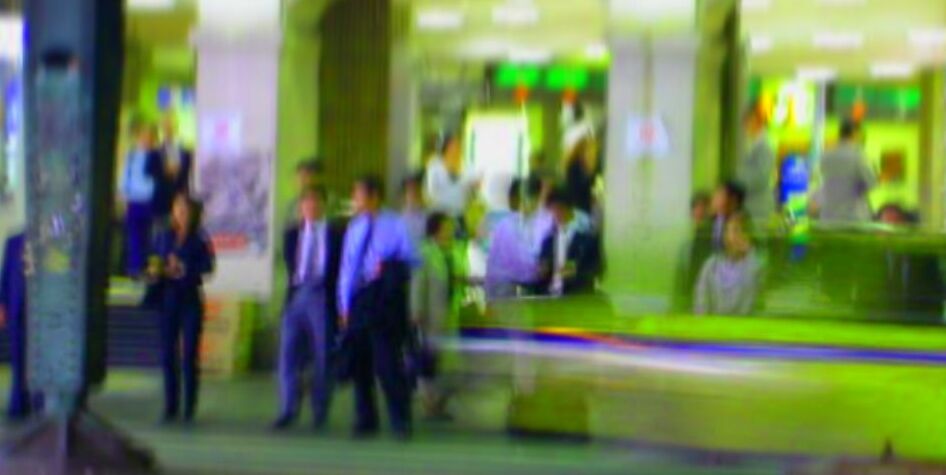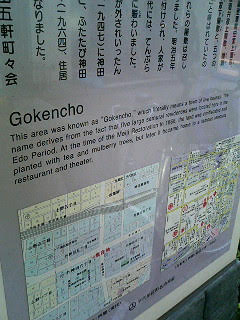
Kanda (神田)
KANDA IS JUST ONE KILOMETER FROM AKIHABARA, BUT IT'S WORLDS APART. Crossing one of the numerous bridges over Kanda River south, the electronics stores drop away, to be replaced by offices and restaurants; black suits with briefcases outnumber anoraks. We are getting closer to Tokyo Station and the Imperial Palace, and the mood is more sombre.
 In early 17th century this area was transformed from an agricultural village called Sutamura to a town of merchants and artisans. In the Edo period there were many candy stores and pharmacies, as well as oil wholesalers and Buddhist altar article shops. By the Meiji Restoration, Kanda had become a vibrant entertainment quarter, renowned for its restaurants and nightlife. Some of these restaurants survive to this day, serving Edo classic dishes like pond loach and duck.
In early 17th century this area was transformed from an agricultural village called Sutamura to a town of merchants and artisans. In the Edo period there were many candy stores and pharmacies, as well as oil wholesalers and Buddhist altar article shops. By the Meiji Restoration, Kanda had become a vibrant entertainment quarter, renowned for its restaurants and nightlife. Some of these restaurants survive to this day, serving Edo classic dishes like pond loach and duck.
Mansei to Sudacho
Kanda was the site of my first job in Japan, handing out flyers for an English school at the cavernous railway station. The catch was that you needed to work 12 days in order to get paid. After 5 days of trudgery I found a real job, so I never got paid.
Mansei is an old name for this district, and the bridge which takes its name (万世橋) was built in the early 20th century and was once used by the Chuo Main Line, but it's now closed for trains. The bridge was rebuilt and now it serves as a pedestrian bridge and a small park. The bridge provides a nice spot for visitors and locals to take in the views of the Kanda River and the surrounding area.


